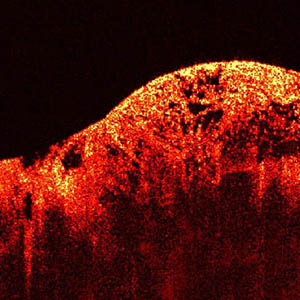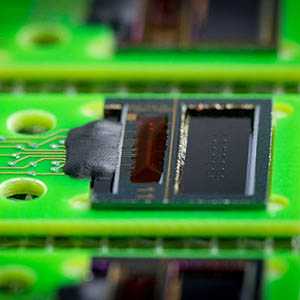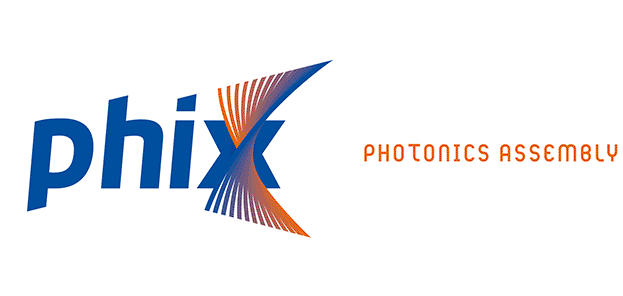
Market: Medical Devices
Devices based on photonic integrated circuits have great potential to solve the healthcare challenges in society today. Apart from the growing demand for diagnostic tests and treatments, three important trends can be identified in the healthcare market.
- Drugs and treatments are becoming less general and more custom-tailored to individual patients. This calls for much more readily available diagnostic tools.
- There is a growing preference for non-invasive analysis and treatments. This means that many newly developed tools are either altogether non-invasive, or combine several measurements into a single invasive action.
- The location where tests and treatments are performed is shifting more and more from the hospital to the patient’s personal environment. This requires easy-to-use portable or wearable devices.
The integrated photonics advantage
Integrated photonics can address each of these challenges. Photonic integrated circuits (PICs) can miniaturize many of the optical technologies already used for medical treatment and diagnosis, resulting in portable and low-cost high-performance devices.
Some examples of the medical applications of integrated photonic devices are,

Tumor and retina scanning
Optical coherence tomography (OCT) is a contactless imaging technique that’s highly suitable for examining living tissue, due to its deep penetration and high resolution. It is often used to detect disorders of the eye (ophthalmology) or tumors. However, the cost and bulk of the current generation of equipment is preventing this technology from being widely adopted outside hospitals. The use of integrated photonics can greatly reduce the size and cost, enabling handheld OCT probes with lasers and detectors integrated onto the photonic chip.

Mobile pathogen detection
Biosensors based on integrated photonics can detect pathogens by measuring changes in the refractive index of their waveguides. The measurements are very specific and accurate and several different pathogens can be detected on a single chip with only a single sample. PHIX is involved with the packaging for such a biosensing platform for point-of-care (PoC) diagnostics, where we populate the PIC with VCSELs and photodiodes, integrate these on a PCB, and add protective layers. The result is a cost-effective disposable cartridge for a portable measuring device.

Spectroscopic breath analysis
Breath or analysis can reveal diseases or metabolic disorders through the detection of trace gases such as methane and nitric oxide. Laser-based absorption spectroscopy is a very suitable technique for this, combining high sensitivity with good selectivity and high temporal resolution. The miniaturization and mass production offered by silicon photonics can adopt this spectroscopic technique into handheld devices. Rockley Photonics demonstrated such a sensor mounted in a smartwatch to monitor a range of biomarkers from the wearer’s arm. Besides healthcare, optical gas sensors are also in high demand in industrial applications.
Photonics packaging challenges
While the above examples demonstrate that photonic integrated circuits can revolutionize medical applications, it’s important to understand that the chips themselves are just the first steps toward working solutions. A functional device requires that the PIC is interfaced to other components like electronics, microfluidics, and optical fibers. This is where PHIX comes in. We perform the optical, electrical, and mechanical micro-assembly of optoelectronic modules involving PICs or MEMS, also taking into account thermal management.
Another important aspect of making your healthcare innovation a success is defining a roadmap from prototype to volume production. PHIX offers packaging solutions for PIC characterization and prototyping all the way to volume production and can support you in making the right PIC design choices for an efficient and cost-effective development path.
Find out more about our characterization and prototype packages and volume packages. If you’re a bit further along in the development of your PIC or MEMS-enabled device, we can support (part of) your production by running your processes on our automatic machines through outsourcing or second-sourcing. Follow the latest developments of PHIX in our news section.
Surfix Diagnostics is developing a photonic diagnostics platform. For the next generation of point-of-care devices, we envision that the light source and the detector will both be integrated on the photonic biochip. For this, PHIX’s services and expertise are invaluable. In the EU Horizon 2020 project PHOTO-SENS PHIX and Surfix Diagnostics are collaborating fruitfully to demonstrate a scalable photonic integration process for our biochips.”
– Maarten Buijs (CEO, Surfix Diagnostics)
